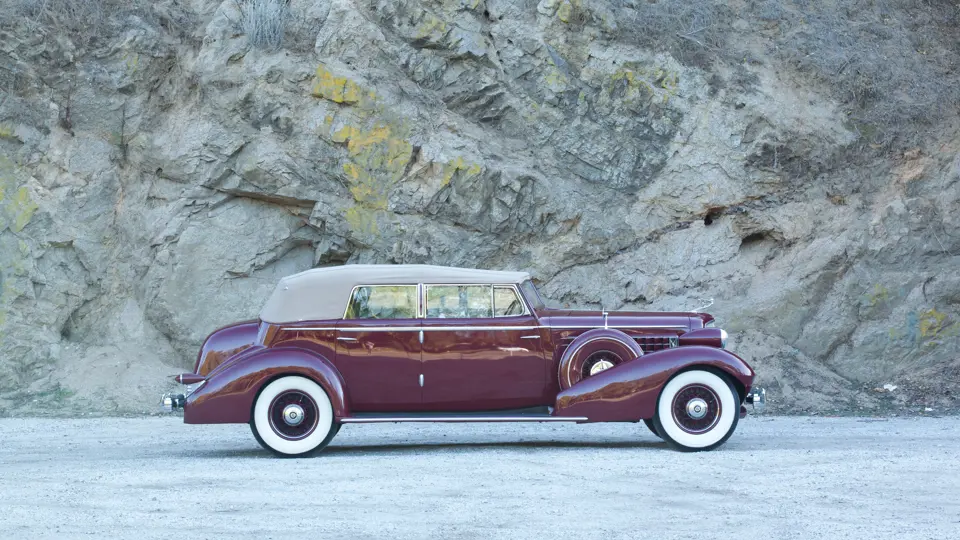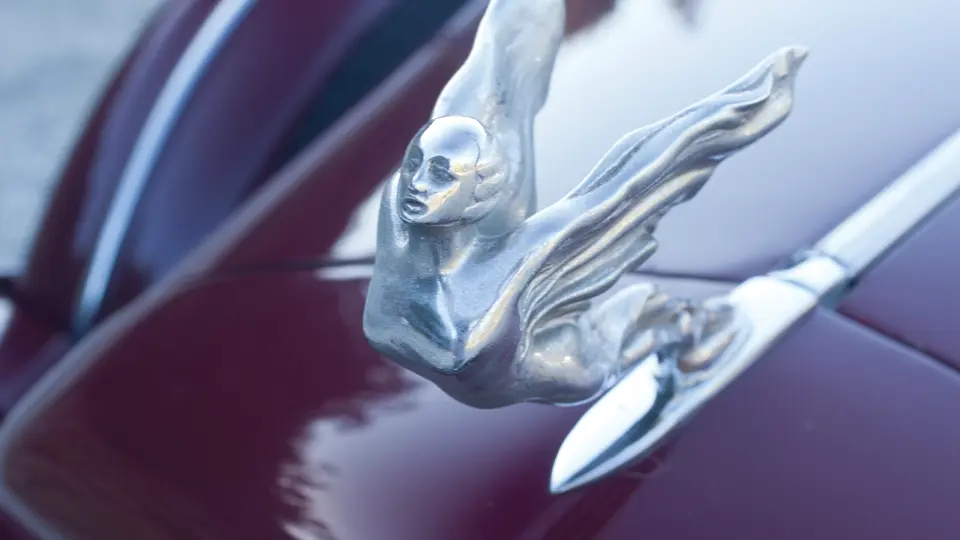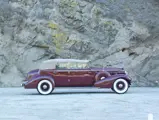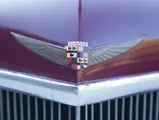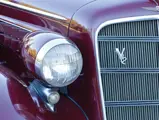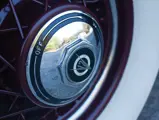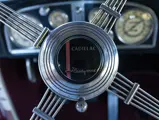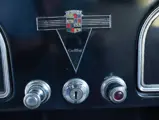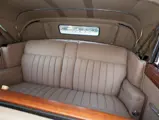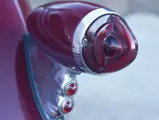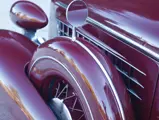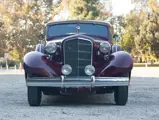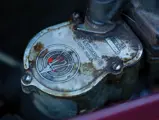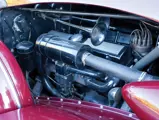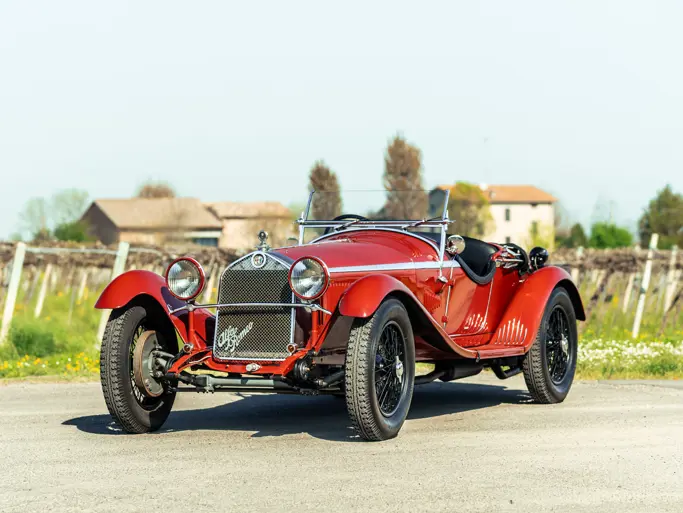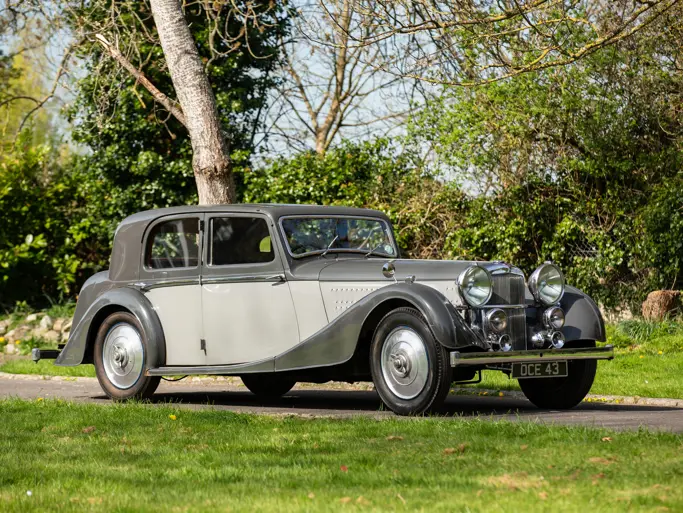Model 370-D. Series 40. 150 hp, 368 cu. in. OHV V-12 engine, three-speed selective synchromesh transmission, independent front suspension with coil springs, ¾-floating rear axle with semi-elliptic leaf springs, and four-wheel vacuum assisted mechanical brakes. Wheelbase: 146 in.
• One of just 377 V-12 models built for 1935
• Believed to have been delivered new to actor Harold Lloyd
• Long-term ownership with the late Tom Sparks
• Recently appeared in the Oscar-winning black-and-white silent movie The Artist
Cadillacs were little changed for 1935 and were essentially carried over from the previous year. The main differences were the abandonment of the fragile bi-plane bumpers, which were expensive to manufacture and difficult to repair, plus the addition of the all-steel turret top on Fisher-bodied models. Cadillac built a total of 3,636 cars for the year, including 3,209 V-8s, 377 V-12s, and only 50 V-16s. The Series 40 V-12 lineup was comprised of no less than 18 models, using only Fleetwood bodies and a 146-inch chassis. The five-passenger V-12 convertible sedan with division, style number 5780, had a base price of $4,995.
Painted deep maroon with matching-paint wire wheels and side-mounted spares, this CCCA Full Classic is fitted with a contrasting tan convertible roof and matching tan cloth interior. It includes the division window and has been part of the collection of its long-term owner, the late Tom Sparks, of Hollywood, California, since 1974. The Cadillac is believed to have been sold new to actor Harold Lloyd and has always been referred to as the “Lloyd Cadillac.”
Noted CCCA member and pioneer car collector Alton Walker, of Monterey, California, purchased the car in the early-1950s, and during his tenure as its owner, the Cadillac received its AACA Senior Award in 1961 at the Western Fall Meet in San Luis Obispo. Walker sold it to Ed Williams, another Californian, who owned the car from 1961–1967. While he owned the car, it was shown at the Pebble Beach Concours d’Elegance in 1963, where it received third place honors in the American Open Class. Williams continued to show it, receiving First in Class awards at the Sacramento and Hillsborough Concours. In 1967, it was sold to a Monterey, California dentist, and then, Sparks became its most recent owner in 1974, nearly 40 years ago.
During his ownership, the car was the subject of a “light” restoration in the early-1980s. The car was an unmolested, unrestored California car, which, at the time, needed only to be repainted and have new upholstery installed. Since then, the car has been used sparingly and stored properly. According to its caretaker, the car runs and drives nicely and presents well. Most recently, the Cadillac appeared in the Oscar-winning black-and-white silent film The Artist, in which lead actress Berenice Bejo “makes it big” and buys the car, followed by a harrowing chase scene without the chauffeur.
Tom Sparks, who passed away in February 2011, enjoyed a long career that spanned many facets of the automotive world, including engine building, drag racing, speed equipment, and the restoration of 100-point classic cars. He is particularly considered among the top pioneers of hot rodding in California; he co-founded the speed equipment firm of Sparks & Bonney in the 1950s, and in later decades, he turned to the restoration of high-end classic cars. Eight of his restorations were recipients of Best in Class honors at the legendary Pebble Beach Concours, where he also served as a judge for many years. Interestingly, Sparks’ shop was located across the street from several movie studios, notably Paramount, and he often rented his personal vehicles for films, including the provision of most of the vehicles used in the Francis Ford Coppola automotive classic, Tucker. With long-term single ownership, a smooth and powerful V-12 engine, Full Classic status, and Hollywood history to its credit, this will no doubt be a hit at the next AACA or CCCA show and wherever else it appears.


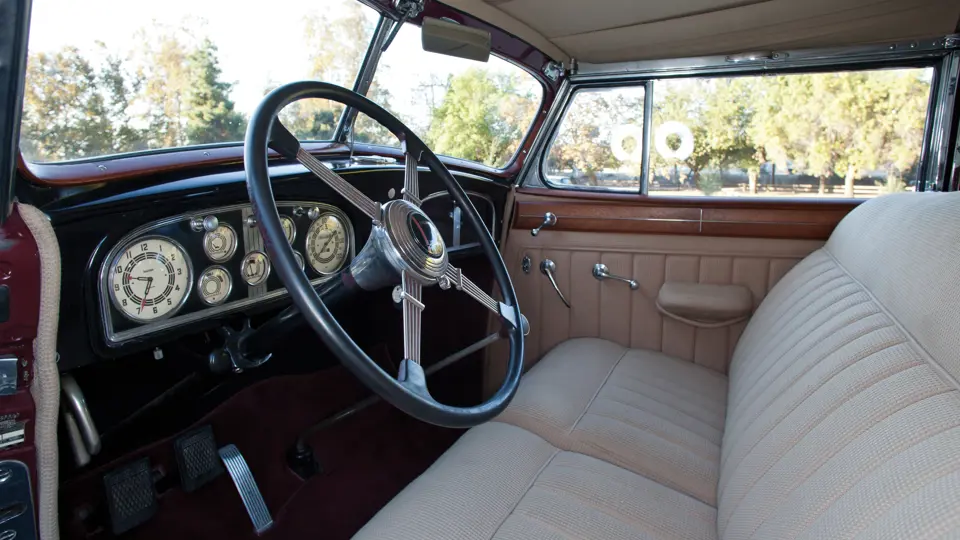



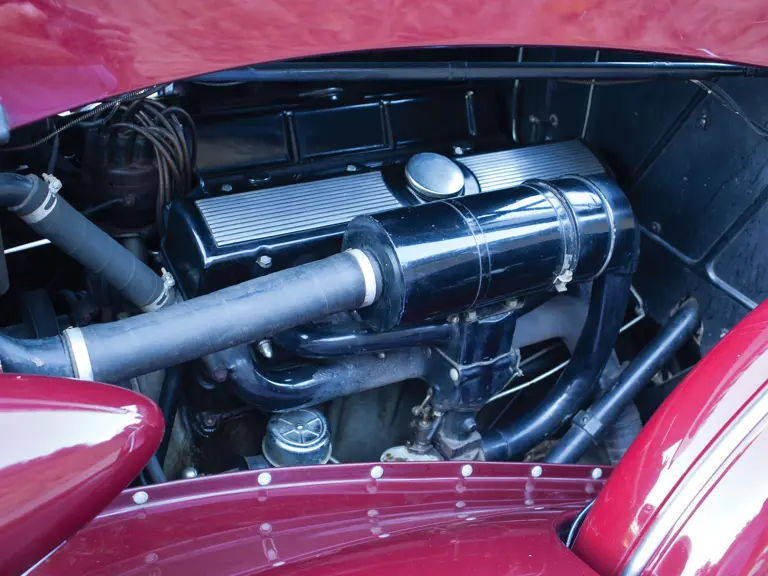
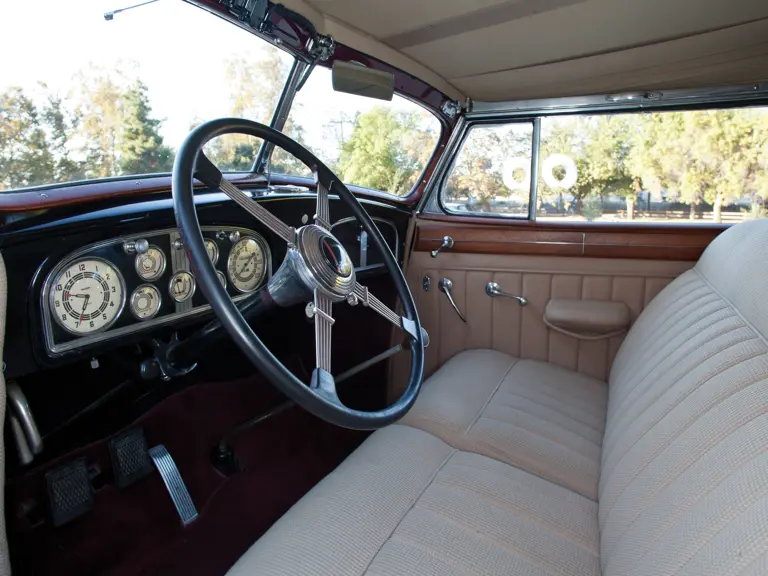
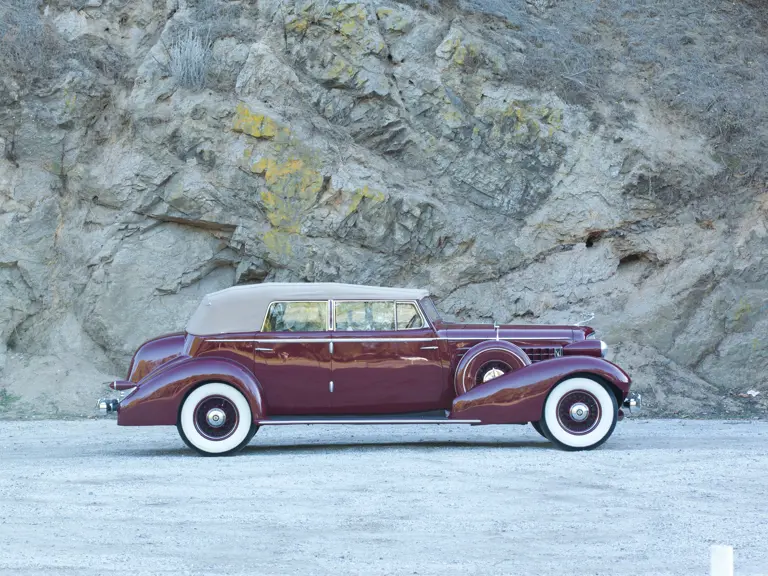
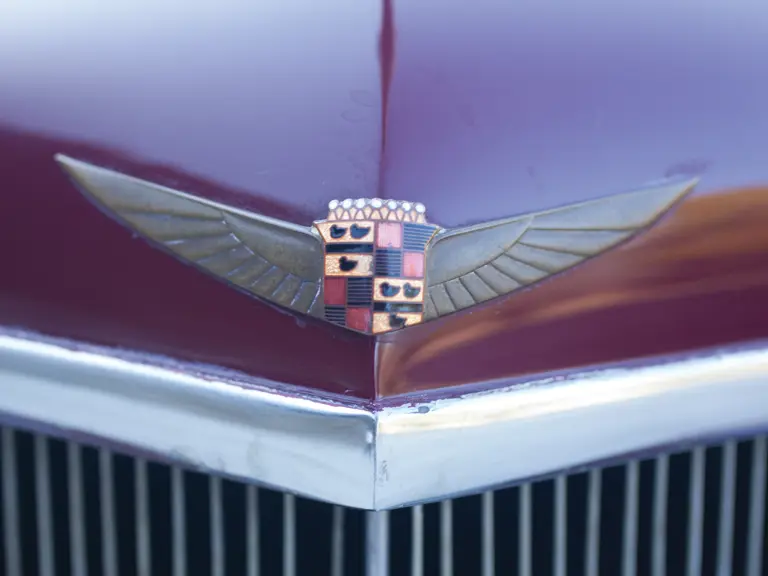
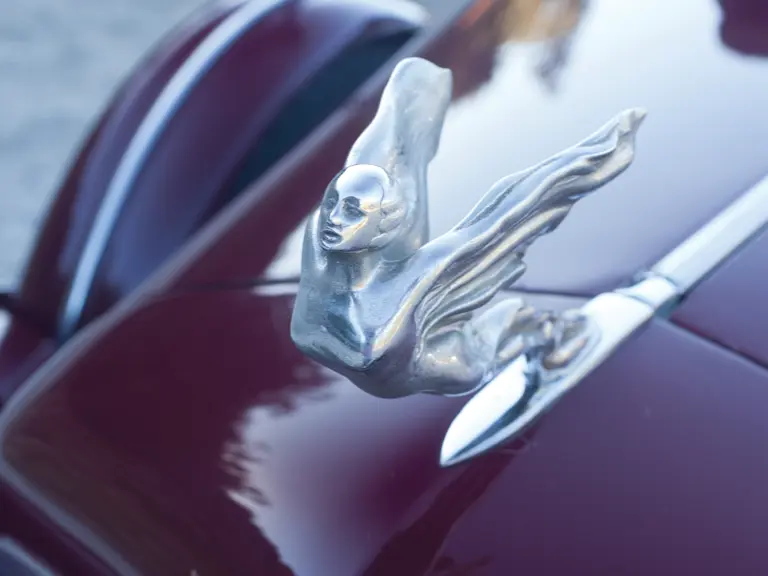

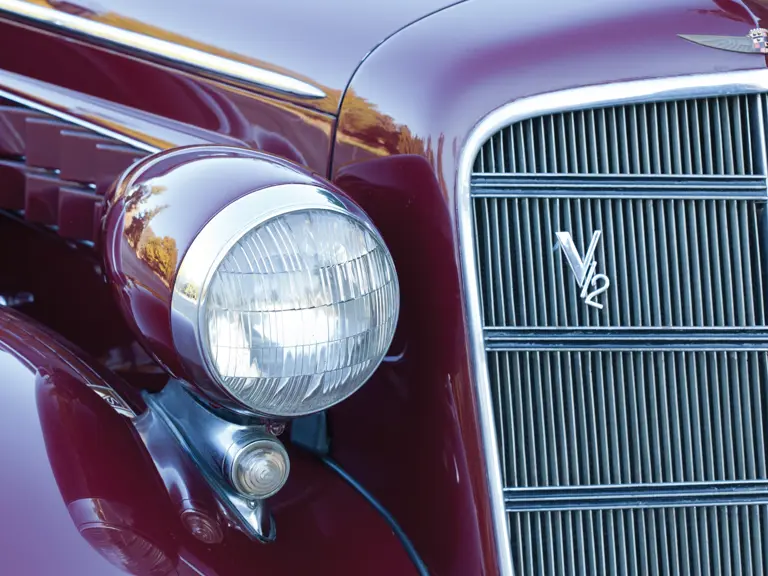

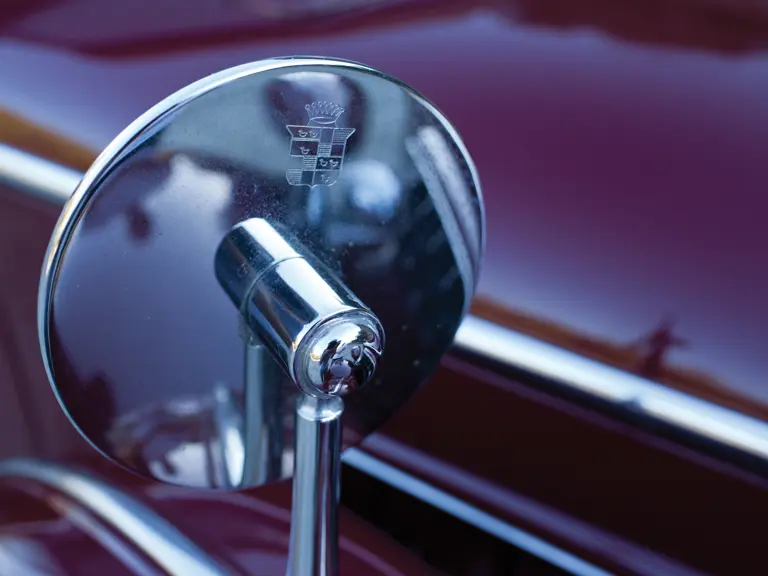
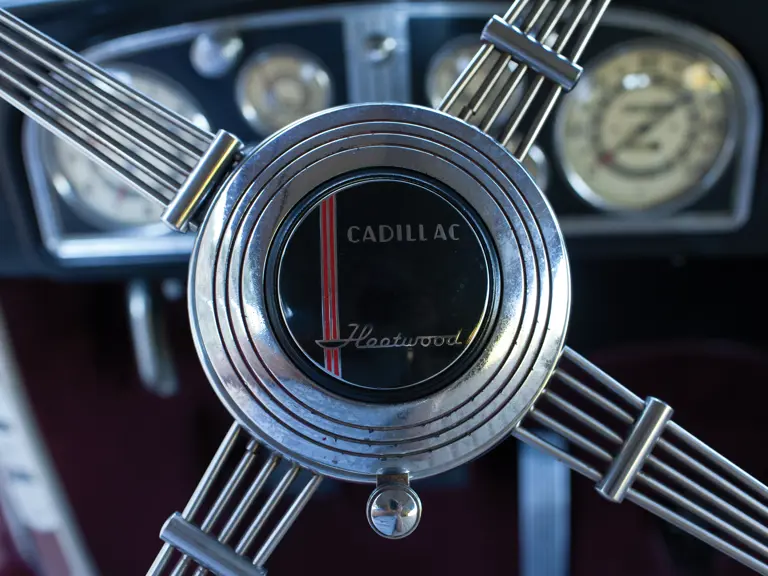

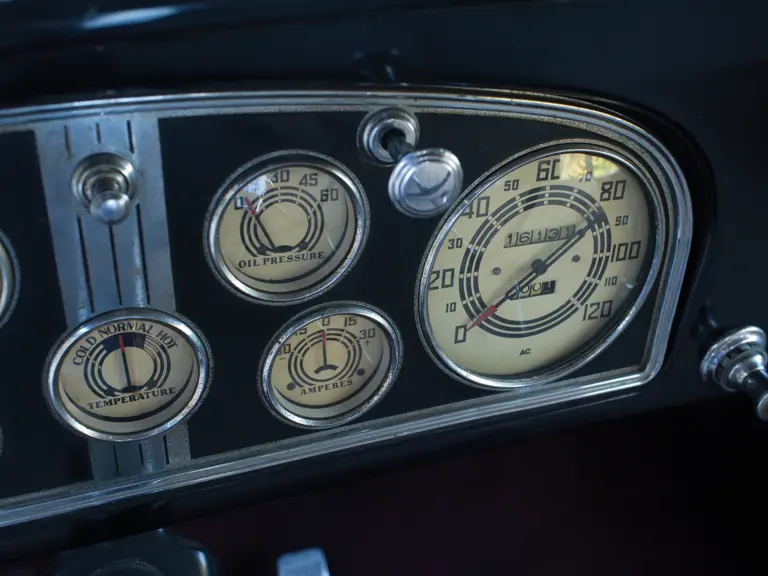

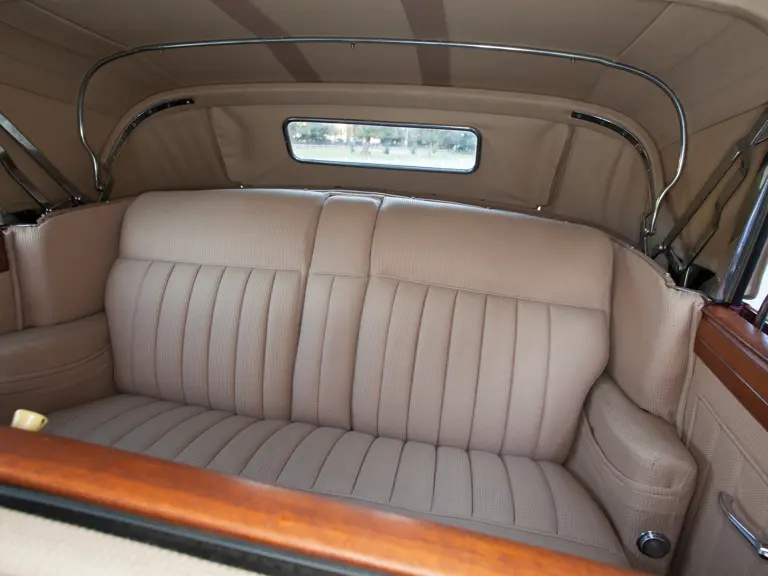
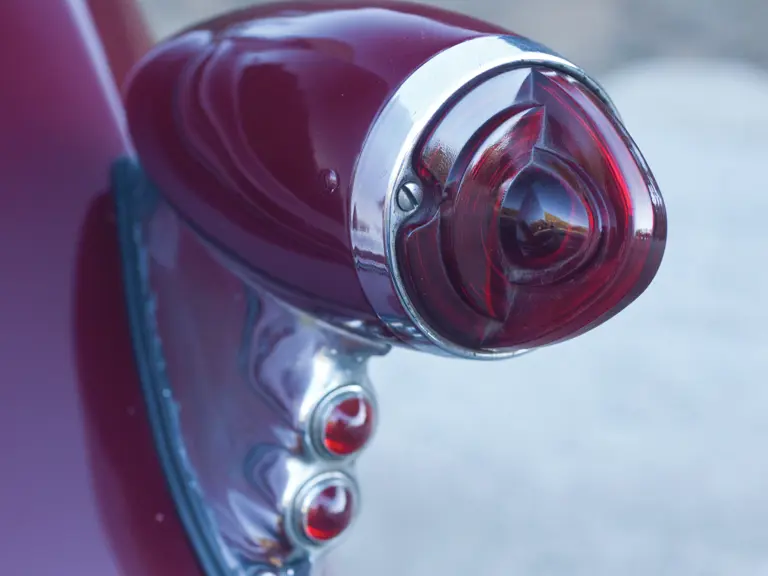
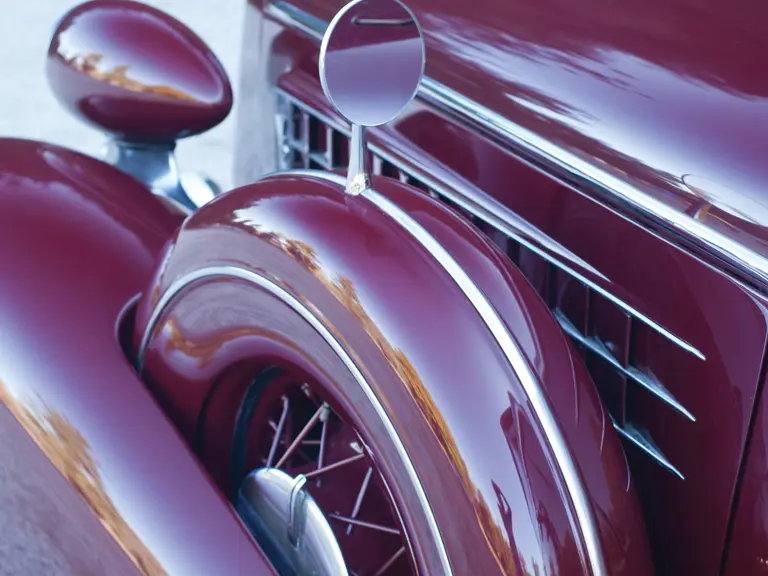

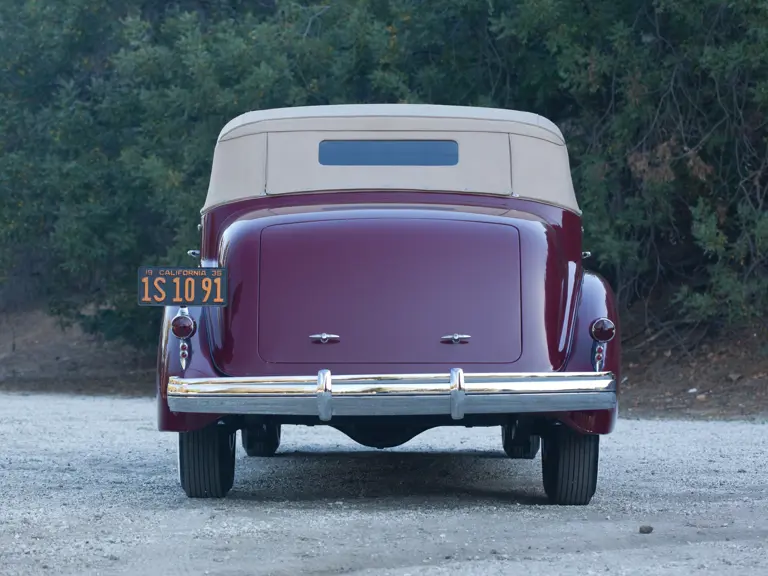

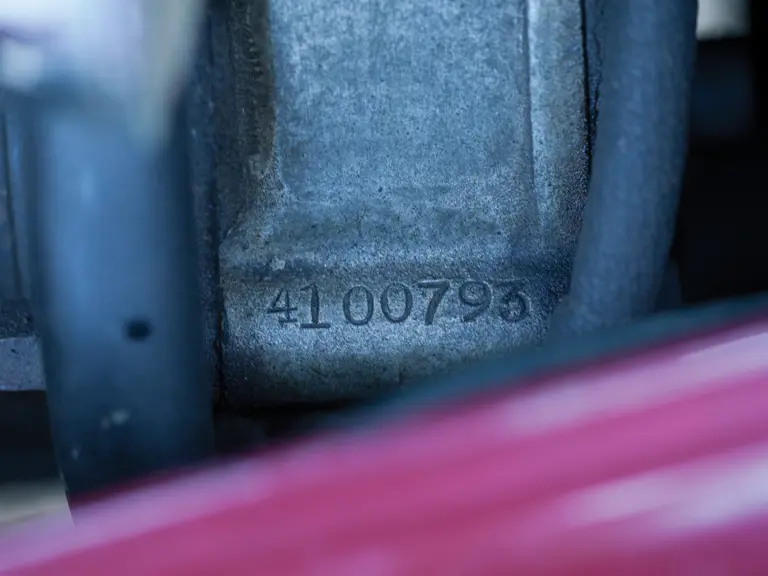

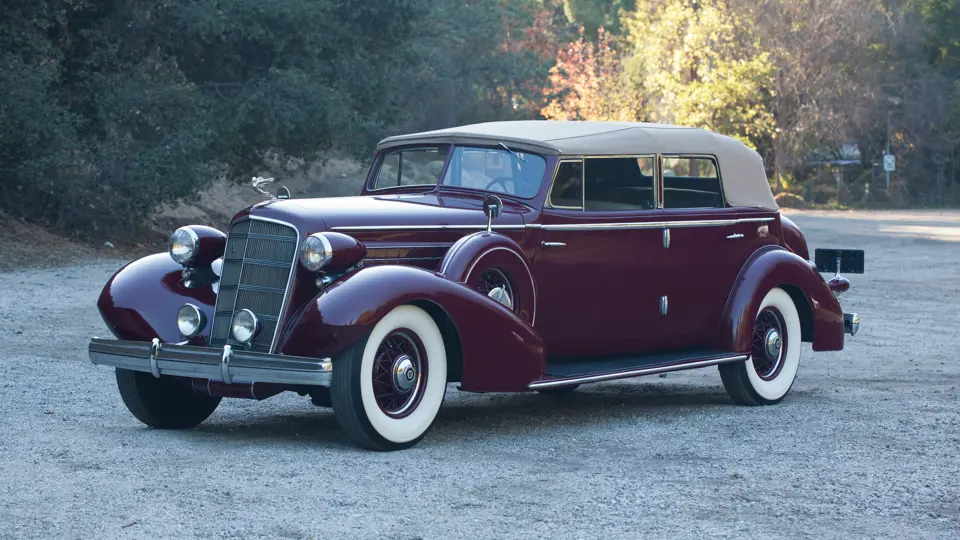
 | Phoenix, Arizona
| Phoenix, Arizona
